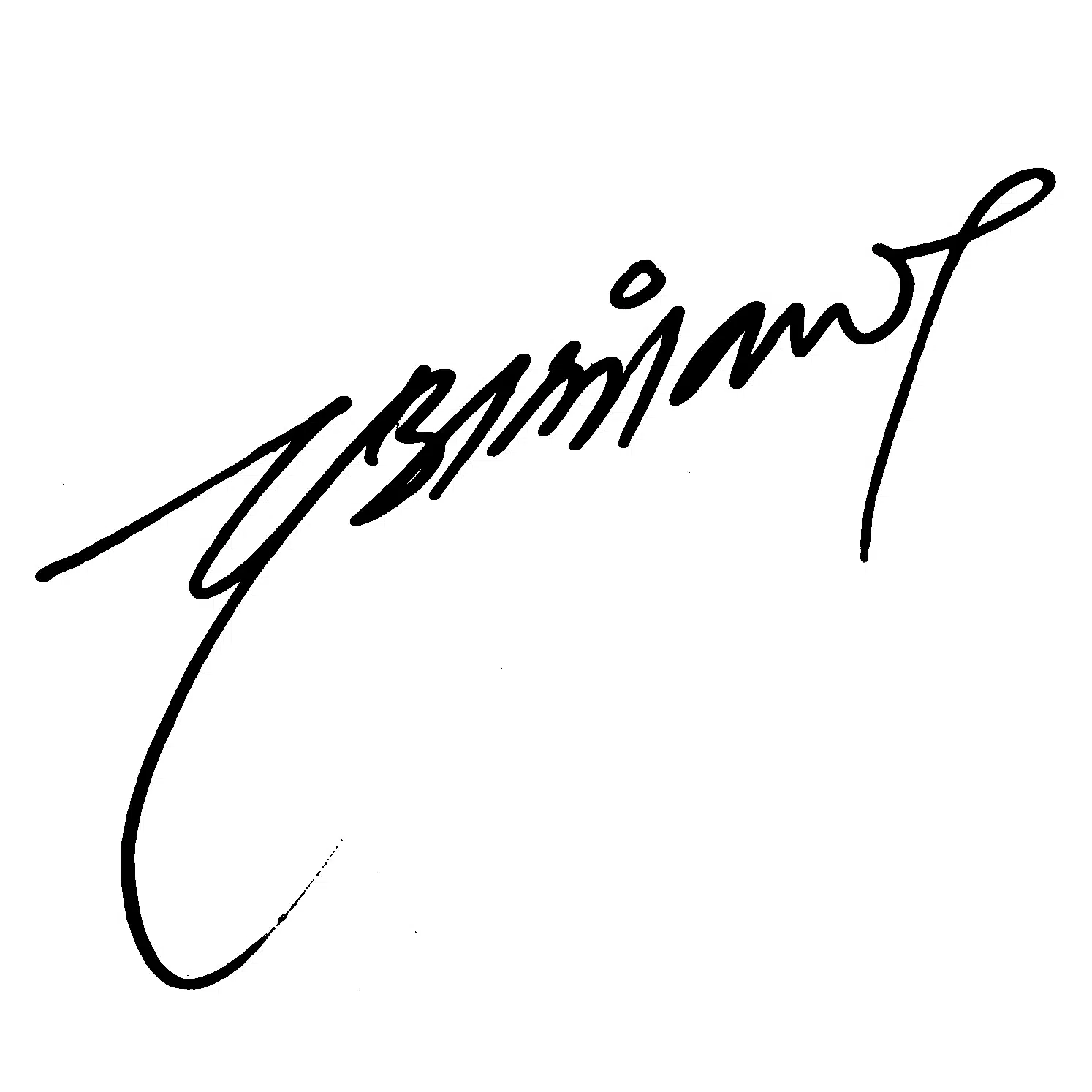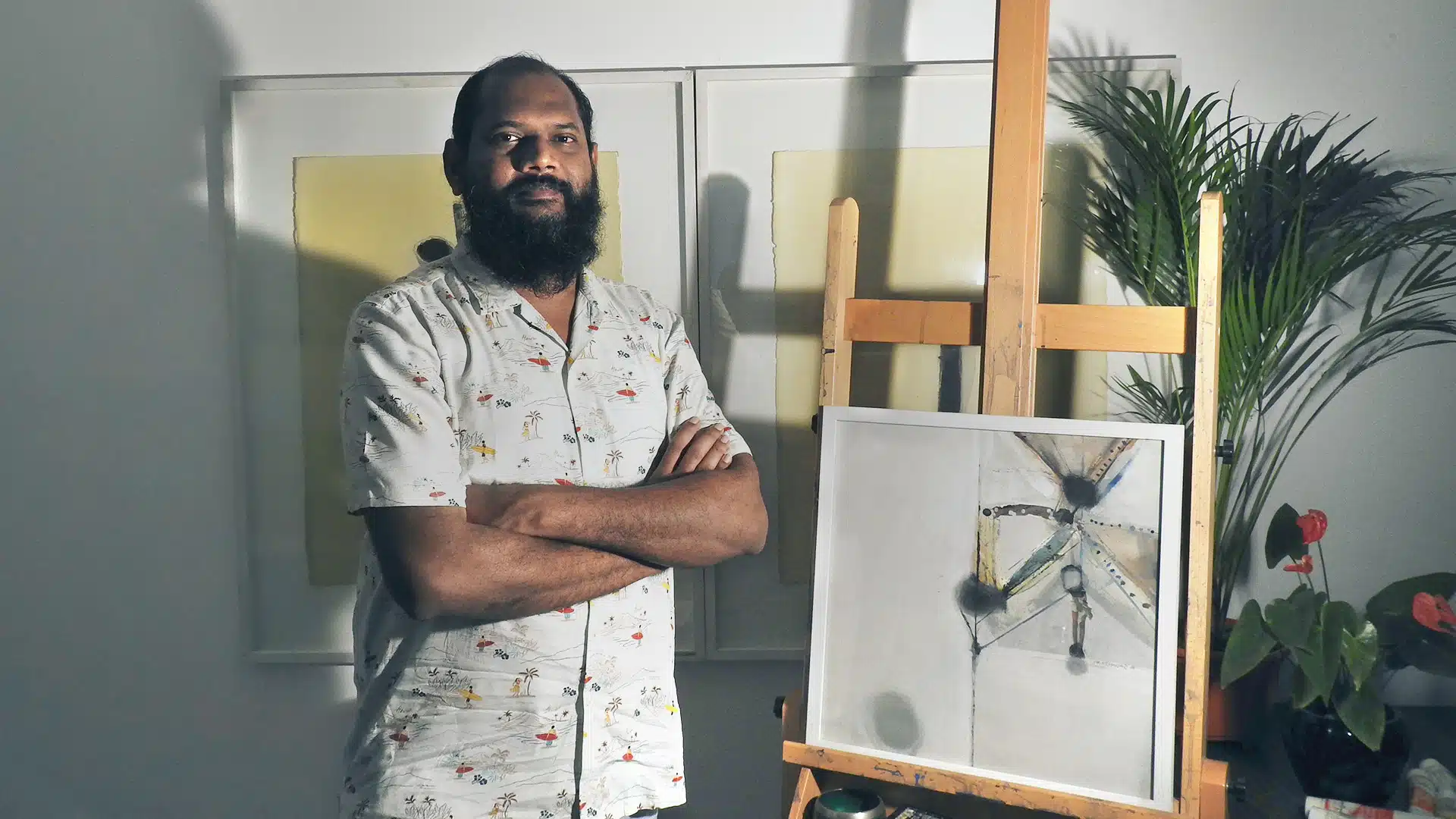Early in the morning we boys would weather the fog and go towards the river for a swim, watching people walk to the fields, fetch fodder for cattle, visit the cowshed for milk— a scene from our daily routines at the village.
The day before Ambedkar’s birth anniversary, on the morning of the 13th of April, my father and I reached our hometown of Anur from Mumbai, a full day’s journey away. It is a small village in the Kolhapur district, situated near the Maharashtra and Karnataka border. The weather was beautiful and pleasing when we reached. The pure air under the clear sunlight was fragrant. And our home is on the outskirts of the village, where you find the river, streams, wells, fields and the road connecting the villages across our district.
Since I was going to stay here for two months, I didn’t have much of a plan in mind, rather only an idea of spending my time with the favourite preoccupations of my childhood such as wandering in the forest, spending time in nature, going for a swim, going out for a walk with my cousin brothers in the evenings, dining at a relatives home, going for long drives on my Royal Enfield motorbike, climbing trees to pick mangoes, jamuns, taking cattle out to graze and bathe milking cows, cultivating and preparing the field before sowing.
Due to the lockdown, everyone was at home during the pandemic. I am the first artist from my extended family in the village and my family members are always curious to know about my work. This time too, they were always eager to discuss my art practice. I was invited to join a round-table on curating practices and activism and later, to speak about my own artistic practice on a Youtube Live programme. Often children and other people would sit around me during the live sessions listening intently. Moreover, we had many Zoom meetings with the members of Secular Art Movement (SAM) to raise funds to help people and artists in need during the pandemic, which we were able to do to some extent. The sense of dislocation sat with a sense of rootedness in a ruthless time of advancing death.
Interestingly, the people of my village were discussing the rallies held by people in the United States and around the world and their unity against injustice on the anniversary of the assassination of George Floyd in Minneapolis in May. The remoteness and the solidarity of the global marginalised was on display. We also discussed the difference in the manner in which we raise our voice against injustice in India compared to those in the United States. The youth were also discussing the Tamil movie Karnan, which came out in April and dealt with the hero revolting against caste violence. These discussions felt different from an urban consciousness in activism and social justice as it was not a form of asserting social capital, and rather stemmed from the lived experience of the marginalised in India’s rural vasts.
After a few days, I went to Ichalkarangi, the textile town where I had spent my childhood, following my father who worked as a daily wager in the textile powerlooms. I also visited Sangli, not far away, to meet the Ambedkarite intellectual and activist Gautamiputra Kamble, who had founded the Secular Art Movement. In Sangli, I also met up with some artists, leaders and activist friends. We took a trip to an under-construction Buddhist Cultural Centre located 50 miles from Sangli on the border with the state of Karnataka. I had injured my back with a slipped disc earlier, and the stress of travel and the exertion caused the pain to increase. So much so that I had to stop my walking and travelling completely for a few days. That’s when my bedrest began at an artist friend’s studio in Ichalkaranji. Many friends came every day to meet me, chat and have small parties to cheer me up. After a week’s rest, many even came to my village to drop me off. I decided to return to my apartment in Mumbai so as not to aggravate the back pain.
A return to the roots and a chance to indulge in my favourite past times away from the cacophony of Instagram and the city allowed me to relieve a certain nostalgia and imagine new futures that sought out the rural. I realised my calling and its placement geographically. Beautiful memories were formed and once again, I realised what I was missing out on by staying in the city.

Mumbai, 18.11.2021.


